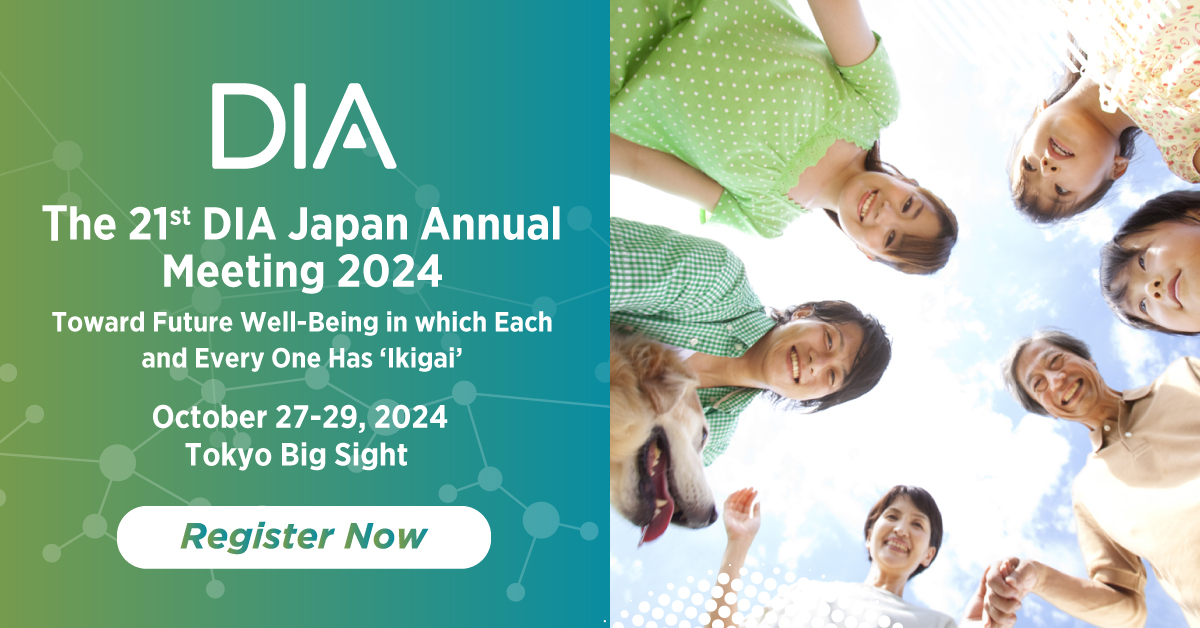
 Video: CBER Director Peter Marks: Acceleration with Accuracy to Meet Patient Needs
Video: CBER Director Peter Marks: Acceleration with Accuracy to Meet Patient Needs- Headless RTSM: The Secret Weapon of Risk Management Innovators
- Bedside-to-Bench-to-Bedside Collaboration
Exploiting Insights in T-Cell Biology to Advance the Care of Patients with Cutaneous T-Cell Lymphoma and Beyond
- Documenting the “Last Mile” Leak in the Patient Recruitment Pipeline
- Integrating Patient Expertise into Product Innovation and Development
- Tech Meets Touch, Linking Data to Decisions
How Digital Health Solutions Enabled by Large Language Models Can Transform Patient Care
- A New Pharmacovigilance Ecosystem: Automation, AI, and Continuous Improvement
- SPECIAL SECTION: Certificate of Pharmaceutical Product (CPP)
- CPP as the First and Enduring Tool in Pharmaceutical Regulatory Reliance
- Minding the Gap: CPP Utilization Practices and the Impact on Submission Gap in Growth and Emerging Markets
- Industry Survey: Global Acceptance and Use of EMA’s eCPPs
Are Regulators Ready or Not?
- MEETING HIGHLIGHTS: DIA Southeastern Europe (SEE) Region Regulatory Conference
- Southeast Europe: Enhancing Pharmaceutical Regulations and Collaboration
- AROUND THE GLOBE
- Overcoming Various Challenges to Enhancing Risk Communication and Minimization in India
- PMDA Opens the Door to Innovative Products in Japan
- Faster Access to Medicines: Global Regulatory Authority and HTA Collaborations
- WHITE PAPER
- IQVIA: eCTD 4.0 Implementation Including Understanding of Regional Differences and Benefits
- Editorial Board
Subscribe
Love Global Forum’s new online format? Subscribe today and never miss an issue.
Editorial Board
Content stream editors
Gary Kelloff US National Institutes of Health
Ilan Kirsch Adaptive Biotechnologies Corp.
regulatory science
Isaac Rodriguez-Chavez 4Biosolutions Consulting
Patient engagement
Natasha Ratcliffe Patient Engagement Specialist
Thomas Smith Independent Patient Consultant
Data and Digital
Lisa Barbadora Barbadora Ink
VALUE AND ACCESS
Wyatt Gotbetter Parexel
Editorial Staff
Sandra Blumenrath, Managing Editor, Scientific Publications DIA Scientific Communications
Chris M. Slawecki, Managing Editor, Global Forum DIA Scientific Communications
Linda Felaco, Copy Editor and Proofreader
Regional Editors
David Mukanga Bill and Melinda Gates Foundation
ASEAN
Jin Shun Belief BioMed
AUSTRALIA/NEW ZEALAND
Richard Day University of New South Wales, Medicine, St. Vincent’s Hospital
CHINA
Ling Su Shenyang Pharmaceutical University, Lilly Asia Ventures
EUROPE
Emma Du Four Independent R&D/Regulatory Policy Professional
EUROPE
Isabelle Stoeckert Bayer AG Pharma
INDIA
J. Vijay Venkatraman Oviya MedSafe
JAPAN
Toshiyoshi Tominaga Keio University Hospital, Clinical and Translational Research Center
LATIN AMERICA
Cammilla Gomes Roche
US
Ebony Dashiell-Aje BioMarin
DIA Membership
Bringing together stakeholders for the betterment of global health care.
irector Peter Marks explains the benefits of Accelerated Approval and CBER’s START (Support for clinical Trials Advancing Rare disease Therapeutics) Pilot Program in this DIA 2024 interview with Lori Ellis, Head of Insights, BioSpace. “We want to lean into accelerated approval whenever we can, particularly in the rare disease space. Because if you have patients in need, getting something to them a year or two sooner can make the difference, for instance, in a child with Duchenne muscular dystrophy, from the ability to walk or not walk,” Marks said. “Getting there fast is important. We want to get there with good accuracy because we want the confirmatory trials to confirm, but if we do our scientific work well, that will happen.
Medidata
he life sciences industry faces a constant challenge: balancing rapid innovation with stringent regulatory requirements. In this high-stakes drug development landscape, traditional digital technologies often fall short, as they can be rigid and slow to adapt, making rapid protocol and technology changes a major hurdle. “Headless technology” offers a solution that is both innovative and extremely effective at reducing risks.
Exploiting Insights in T-Cell Biology to Advance the Care of Patients with Cutaneous T-Cell Lymphoma and Beyond
Columbia University School of Medicine
University of Massachusetts Medical School
Dana-Farber/Brigham and Women’s Cancer Center
Dana-Farber/Brigham and Women’s Cancer Center
atients with cutaneous T-cell lymphomas (CTCLs) may go months or even decades without a proper diagnosis and treatment, experiencing debilitating itch and progression to fungating weeping wounds as they cycle through ineffective therapies. Diagnosis is just one of the many clinical challenges patients face. Fortunately, dynamic partnerships between patients, physicians, and researchers have led to significant advances in the diagnosis and management of this life-threatening disease.
Beatriz Monreal
Katie Vieyra
Ancora.ai, Switzerland
Kenneth Getz
Tufts Center for the Study of Drug Development (CSDD)
uch has been studied and written about the recruitment funnel in clinical trials—from patient identification to enrollment through completion—and stages where high percentages of patients fall out or discontinue in the process. A recent pilot study helps explain why a very high percentage of identified and interested patients drop out of the funnel early on, prior to completing pre-screening. This article summarizes the results of the pilot study, examines the implications of the “last mile” leak, and highlights the urgent need for further research quantifying the magnitude of the problem and identifying opportunities for new solutions.
n healthcare advancement, ensuring that medical innovations address patients’ needs is paramount. Target Product Profiles (TPPs) are critical tools in product development, aligning regulatory requirements, market needs, and commercial objectives. However, a crucial voice is often missing: that of the patients themselves. By integrating direct insights from people with lived experience and expertise throughout the TPP development process, we aim to catalyze the creation of new diagnostics that directly respond to patient need.
How Digital Health Solutions Enabled by Large Language Models Can Transform Patient Care
UCB Biopharma
he advent of artificial intelligence (AI) and its application in healthcare has opened new frontiers in medical practice and research. Large Language Models (LLMs) like GPT-4 are at the forefront of this revolution, offering unprecedented capabilities in processing and generating human-like text. When integrated with Digital Health Technologies (DHTs), LLMs can significantly enhance clinical decision-making, patient engagement, and overall healthcare delivery. There are numerous multifaceted applications of LLMs in healthcare, including their integration with DHTs and the implications for clinical and patient care.
Qinecsa
f automation is a bullet train, culture and processes are the tracks that will keep pharmacovigilance on course.
Roche
Novartis
he Certificate of Pharmaceutical Product (CPP) is an essential part of almost every dossier submission for most regulators around the globe. No other regulatory document has influenced regulatory discussions and connected regulators globally as profoundly as the CPP. But despite the WHO Scheme’s original goal in 1969 of establishing the CPP as a tool to enable reliance practices and reduce/replace (parts of) the assessment by CPP-requesting National Regulatory Authorities (NRAs), regulatory procedures and CPP acceptance have varied significantly among countries.
Centre for Innovation in Regulatory Science (CIRS)
ack in 1969, the World Health Organization (WHO) Certificate of Pharmaceutical Product (CPP) was implemented to accelerate the availability of new drugs in developing countries by providing evidence of the quality of products. Nonetheless, there are still differences in the usage of CPPs by regulatory agencies in Growth and Emerging Markets (GEMs) that may lead to challenges relating to today’s more innovative, complex, globalized products.
This article presents an updated overview of previous research developed by the Centre for Innovation in Regulatory Science (CIRS) on how CPPs have been used for the marketing authorization of New Active Substances (NASs) in 18 GEM countries between 2021 and 2022 with a special focus on three aspects: CPP submission timing, CPP legalization, and adoption of eCPP format, considering both guidelines-based agency requirements and current company practices.
Are Regulators Ready or Not?
AstraZeneca
Merck Serono
Roche
he need for regulators to ensure business continuity, make fast and informed decisions, and adapt to a digital environment has driven the adoption of various digital technologies and solutions to enhance regulatory processes. This rapid adaptation and use of digital technologies by regulators was accelerated during the unparalleled challenges posed by the COVID-19 pandemic. In this context, the Certificate of Pharmaceutical Product (CPP) was no exception, leading to the advent of the electronic CPP (eCPP). However, an industry survey shows that many regulators are not currently in the position to use this eCPP, a problem that causes unnecessary delays in the regulatory assessment process.
F. Hoffmann-La Roche Ltd.
MSD
AstraZeneca
DIA
he recent series of sessions on pharmaceutical regulations and industry practices at DIA’s Southeastern Europe (SEE) Region Regulatory Conference highlighted key areas of development, challenges, and strategic directions for the future of the SEE region. Discussions ranged from the new EU pharmaceutical legislation to reliance practices, harmonization, pharmacovigilance, supply chain security, and digital transformation. This conference underscored the importance of collaboration, harmonization, reliance, and digitalization in enhancing pharmaceutical regulations and practices in the region. By addressing these key areas, the region can improve healthcare outcomes, accelerate EU accession, and ensure the efficient and secure supply of medicines to its patients.
White Paper
White Paper
Indegene
n India, effective risk communication and minimization in the healthcare sector faces unique and multifaceted challenges. Unlike many other regions, India’s vast linguistic diversity, varying literacy rates, and varying accessibility of reliable drug information create significant barriers to ensuring that patients and healthcare providers fully understand the risks associated with medications. This creates a problematic gap where patients may be unaware of potential adverse effects, leading to medication errors, nonadherence, and underreporting of drug safety issues.
n a departure from their approach to previous PMDA Town Halls held at DIA Global Annual Meetings, at DIA 2024 this past June, leaders from the Pharmaceuticals and Medical Devices Agency (PMDA) of Japan invited sponsors and researchers to discover the benefits of developing innovative therapeutic products in Japan, based on Japanese market information and pharmaceutical regulation.
he need to optimize drug development and facilitate faster access for patients has focused discussions on the importance of improving interactions between health technology assessment (HTA) bodies and regulatory authorities. In most cases, once the medicine is authorized, market access is determined by the healthcare system’s financing mechanisms, and payers usually rely on the assistance of HTA bodies who decide whether to reimburse a product based on its relative value under current clinical practice scenarios. This is usually a lengthy process that occurs after regulatory review. Though regulators have been working to reduce review timelines through regulatory reliance and work-sharing procedures, HTA timelines have remained unchanged, and thus the overall benefit of these regulatory reforms to patients is far less significant than it might be. In recent years, however, international collaborative cross-border regulatory and HTA body frameworks have been established to optimize decision making.







